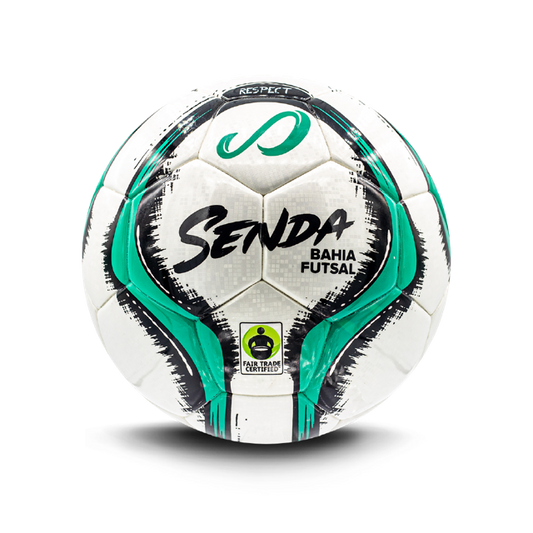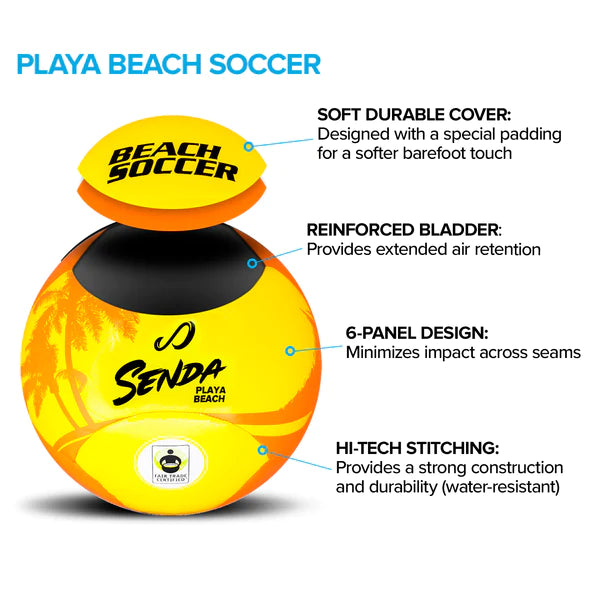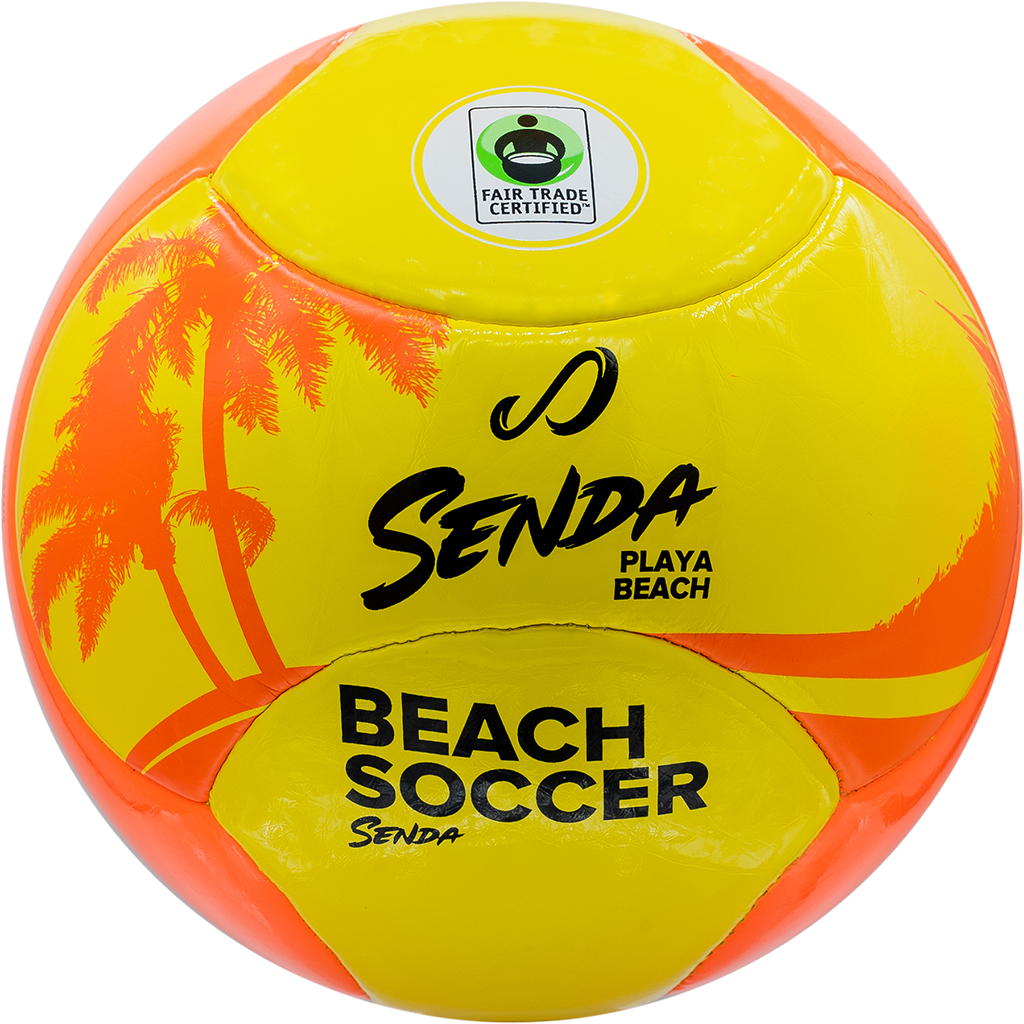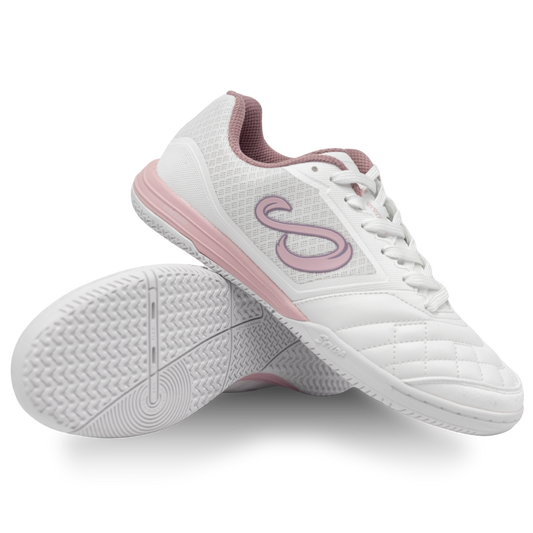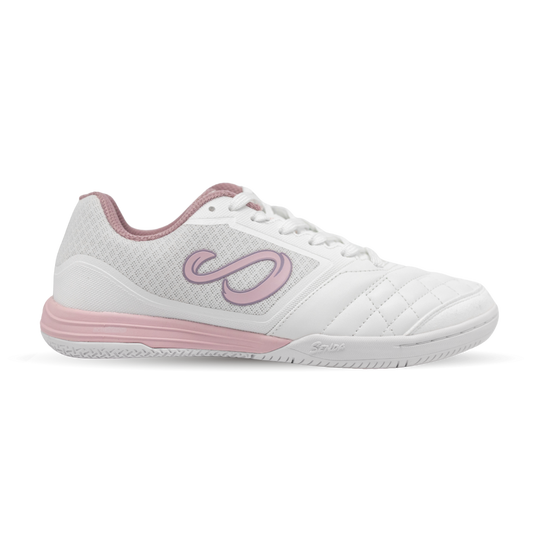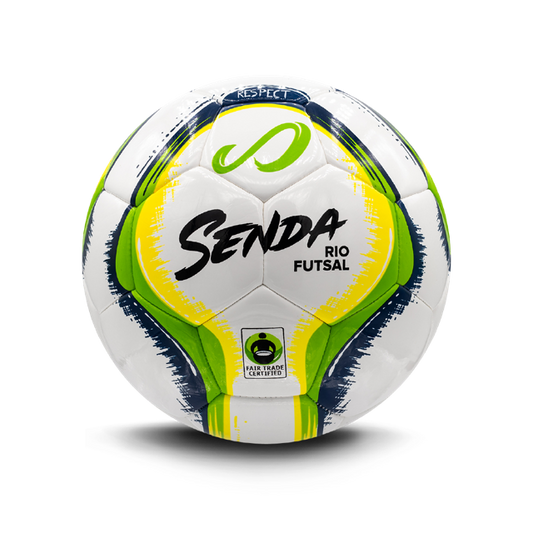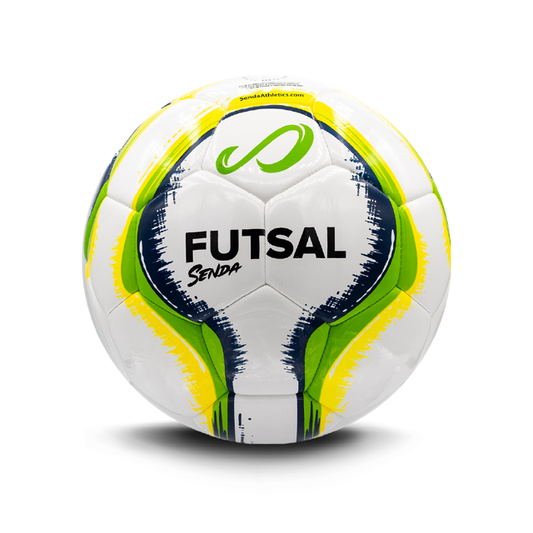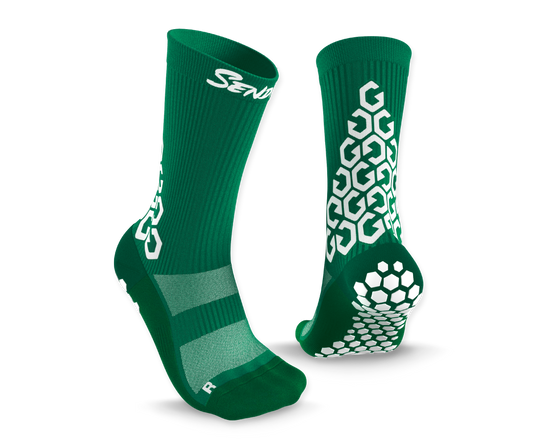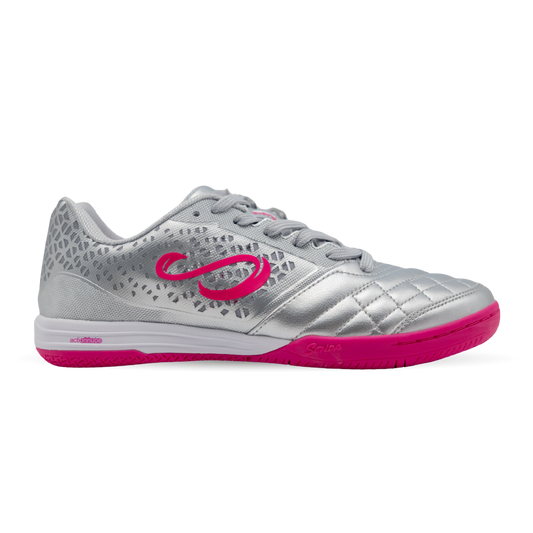Getting ready for FIFA Beach Soccer World Cup Russia 2021
The FIFA Beach Soccer World Cup Russia 2021™ will take place in Moscow from August 19 to 29 with16 teams from all continents competing for the cup. The official emblem is the Firebird, a mythological creature that embodies fire, light, and the sun, and symbolizes the quest for victory and glory in classic Russian fairy tales.
1
/
of
2
The sport is believed to have been invented by European sailors in the coastal regions of Brazil towards the end of the 19th century. They played football (soccer) during their visits ashore.
The first official beach soccer tournaments were held in 1957 in Brazil, while the first unofficial World Cup took place in 1995. Now, the Beach Soccer Worldwide federation (BSWW), recognized by FIFA, stages events in more than 60 countries.
In 2005, FIFA finally incorporated beach soccer into the football family and held the inaugural FIFA Beach Soccer World Cup™ on the Copacabana beach in Rio de Janeiro, Brazil. France was the champion and Brazil was eliminated in the semi-finals.
During the ’90s, international competitions were held in Los Angeles and Miami. We could say that those events ignited the spark of Americas’ interest in this fast-paced sport.
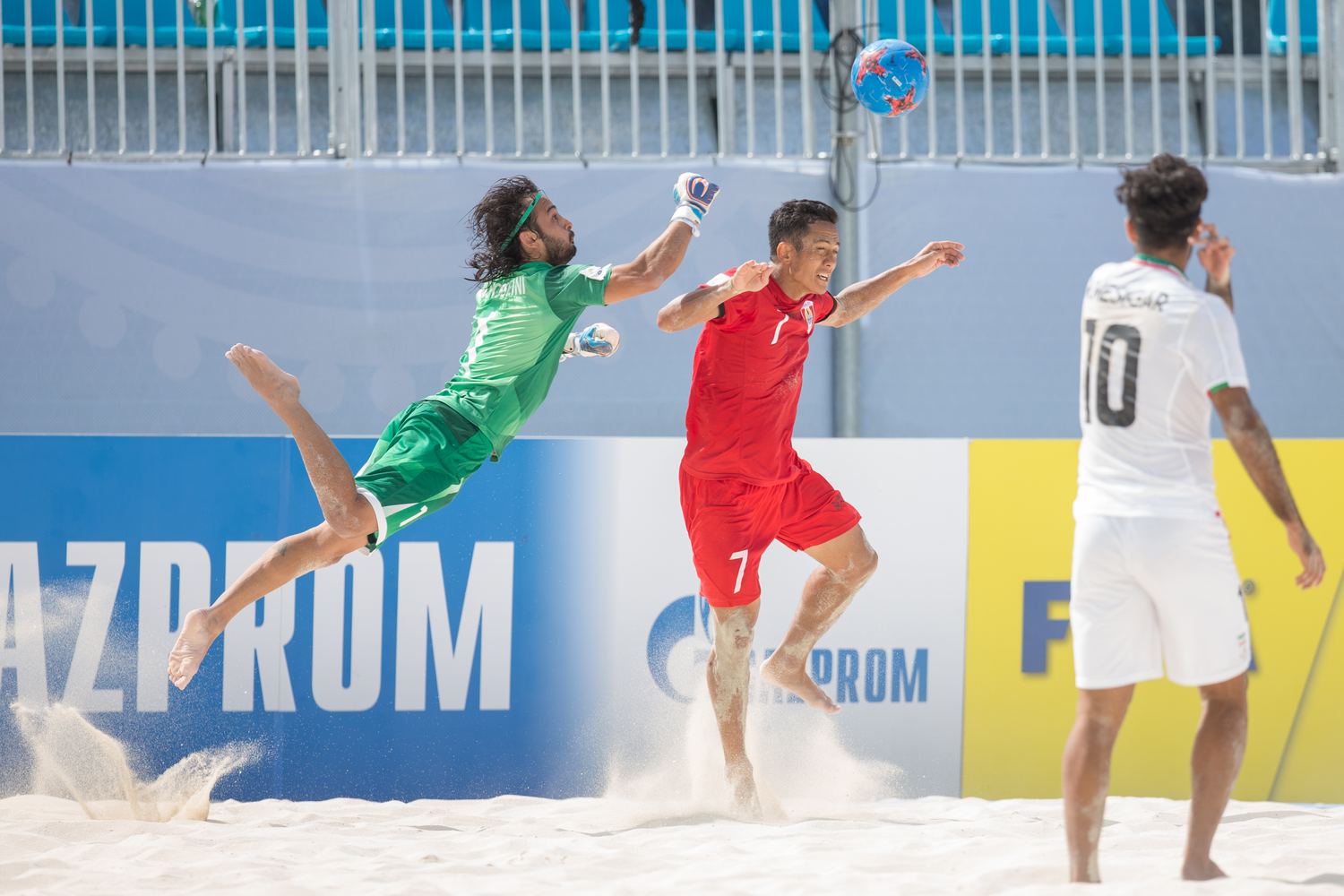
Professional athletes
Some pro beach soccer players shared with us their opinion about this amazing soccer-related sport. When asked about the benefits of playing beach soccer, Luisa Meza stated: “You gain more endurance, agility, and strength. Playing beach soccer tests your ball control and aerial body movements”. She is one of the active players who contribute to the growth of beach soccer in the U.S. She remarked that women's beach soccer has lately been gaining momentum and, in her opinion, this is only the beginning.
Training in the sand demands harder bodywork. U.S. pro beach soccer player Brian Easler said: “While you cannot train for speed, the sand will help athletes be lighter on their feet and more explosive. Most importantly, the sand will test you mentally, since it can exhaust you and make you feel like you are not capable of doing something, as it can be a restriction”.
Regarding what parts of your body train harder in the sand, he said: “Everything from your stomach down to your calves. You will be surprised where you can hurt sometimes, given that you use your legs in ways that you cannot on a flat surface”. Brian also highlighted the main characteristics that a good beach soccer ball must have: “Firmness, grip, padding, not too soft, enough weight to withstand the wind, but not too heavy. Bright enough color to be seen in the evenings, but also when it's bright outside”.
Beach soccer improves your skills
With the World Cup ahead, don’t you feel motivated to go out to the beach and have some fun with your friends and a ball? Here are some benefits of playing beach soccer and training in the sand:
- Increases your endurance, agility, and strength
- Improves your overall workout
- Improves your first touch and ball control skills
- Due to higher energy costs, sand training promotes greater physiological adaptations
- Contributes to preventing injuries in tendons and muscles
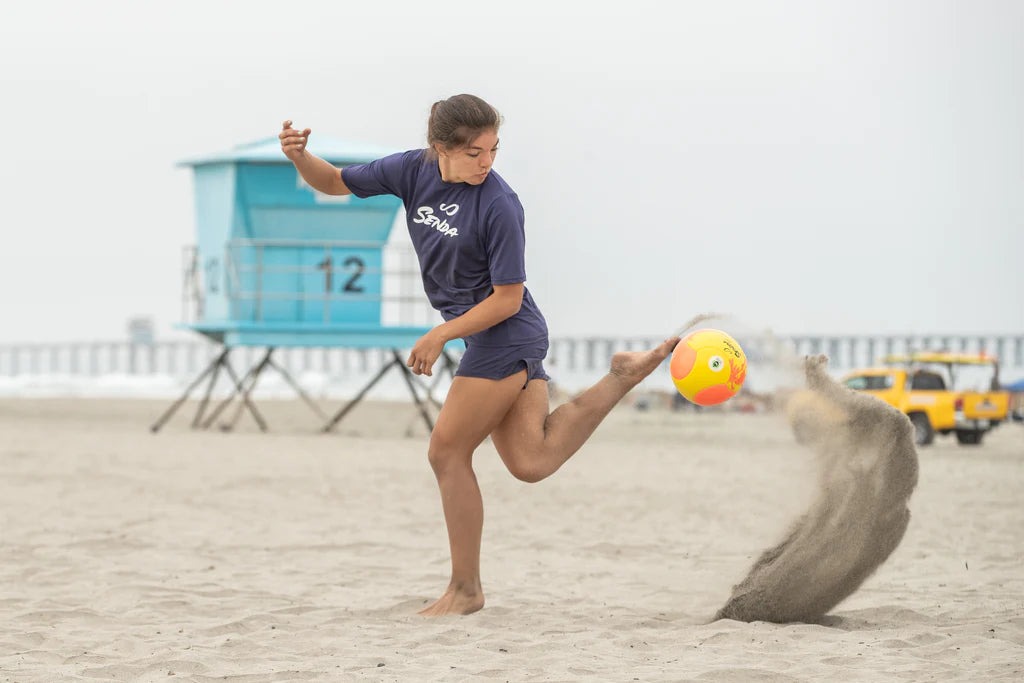
1
/
of
2
The importance of choosing the right ball
Our beach soccer balls are designed to be soft and light and do not harm your feet while playing in the sand. They are specifically designed with a foam material with a type of polyester lining. This type of material helps decrease how the ball bounces but doesn’t change how it feels.
Gather some friends and have fun playing on the beach; enjoy the breeze, the sun, and the sound of the waves while you get fit for the next futsal or soccer season.
The Playa Beach Soccer Ball
The Senda® Playa Beach Soccer Ball is designed with a special padding for a softer barefoot touch.
You may also like
-
Ushuaia Club 2.0 Futsal Shoe
4.5 / 5.0
(10) 10 total reviews
Regular price From $59.99Regular priceUnit price / per$59.99Sale price From $59.99 -
Rio Match Futsal Ball
Regular price $34.99Regular priceUnit price / per$34.99Sale price $34.99 -
Gravity Pro Crew Length
4.5 / 5.0
(10) 10 total reviews
Regular price $24.99Regular priceUnit price / per$24.99Sale price $24.99 -
Ushuaia Pro 2.0 Futsal Shoe
4.8 / 5.0
(5) 5 total reviews
Regular price $119.99Regular priceUnit price / per$119.99Sale price $119.99
Other Blog Notes
View all-
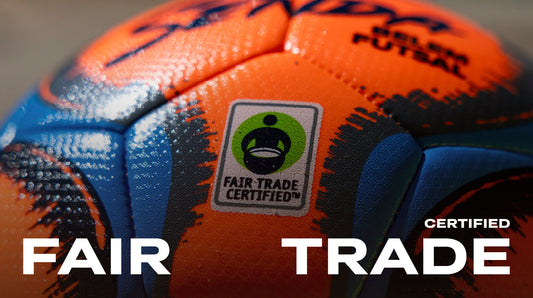
Celebrating Fair Trade Month with Senda
This October, Senda celebrates Fair Trade Month by honoring the people behind every ball. Discover how Fair Trade creates impact on and off the field.
Celebrating Fair Trade Month with Senda
This October, Senda celebrates Fair Trade Month by honoring the people behind every ball. Discover how Fair Trade creates impact on and off the field.
-

A New Kick: Welcome the Ushuaia Club 2.0 Pink
Bring style and performance to the court with the Ushuaia Club 2.0 Pink. Featuring responsive cushioning, flexible grip, and a bold light pink look, these futsal shoes let you play your best while turning heads. Perfect for club players, amateurs, and anyone who loves to stand out.
A New Kick: Welcome the Ushuaia Club 2.0 Pink
Bring style and performance to the court with the Ushuaia Club 2.0 Pink. Featuring responsive cushioning, flexible grip, and a bold light pink look, these futsal shoes let you play your best while turning heads. Perfect for club players, amateurs, and anyone who loves to stand out.
-
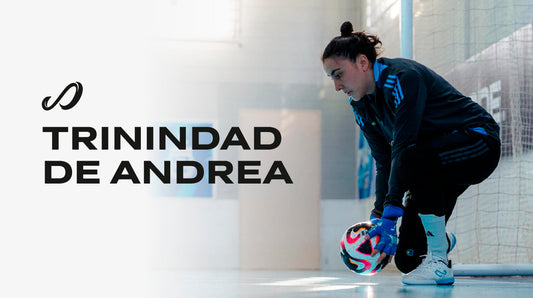
Welcoming Our New Ambassador: Trinidad D’Andrea
We’re proud to welcome Trinidad D’Andrea, goalkeeper of Argentina’s Women’s National Futsal Team, to Team Senda. Learn more about her inspiring journey and the shoes chosen by pro players.
Welcoming Our New Ambassador: Trinidad D’Andrea
We’re proud to welcome Trinidad D’Andrea, goalkeeper of Argentina’s Women’s National Futsal Team, to Team Senda. Learn more about her inspiring journey and the shoes chosen by pro players.
1
/
of
3

